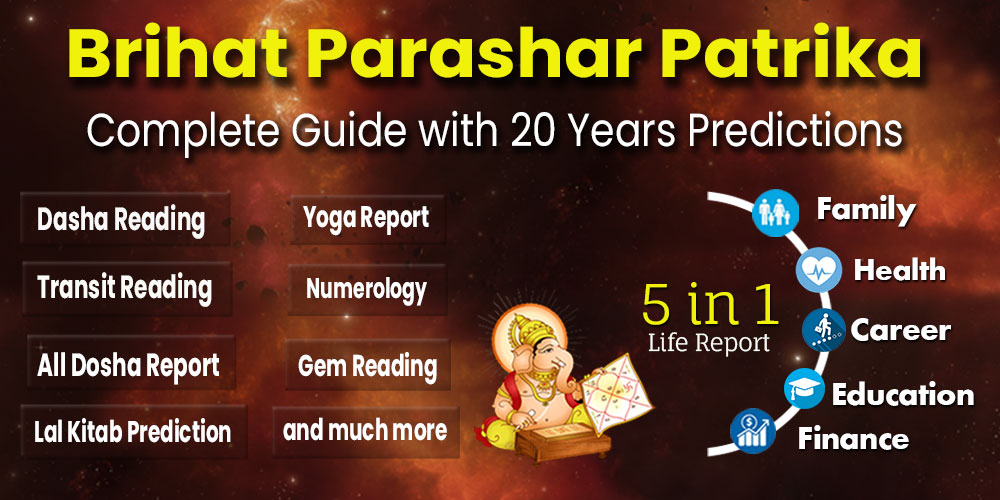Significance
It is believed that Lord Ganesh bestows his presence on earth for all his devotees during this festival. It is the day Shiva declared his son Sankashti as superior to all the gods, barring Vishnu, Lakshmi, Shiva and Parvati. Sankashti is widely worshipped as the god of wisdom, prosperity and good fortune and traditionally invoked at the beginning of any new venture or at the start of travel. Also known as Sankata Hara Chaturthi is an auspicious day dedicated to Lord Ganesha.
Sankashti means deliverance during troubled times, hence observing this fast is believed to reduce your problems as Lord Ganesha symbolizes the remover of all obstacles and supreme lord of intelligence. This day is celebrated in every Lunar month or Hindu calendar month on the fourth day of Krishna Paksha (dark lunar phase or the waning phase). If this Chaturthi falls on a Tuesday it is called Angarki Sankashti Chaturthi. Angarki Sankashti Chaturthi is considered highly auspicious among all Sankashti Chaturthi days. The Angarki Chaturthi (angarak in Sanskrit means red like burning coal ambers) Devotees believe their wishes would be fulfilled if they pray on this auspicious day.
History
Traditional stories tell that Lord Ganesha was created by goddess Parvati, consort of Lord Shiva. Parvati created Ganesha out of sandalwood paste that she used for her bath and breathed life into the figure. She then set him to stand guard at her door while she bathed. Lord Shiva returned and, as Ganesha didn't know him, he didn't allow him to enter. Lord Shiva became enraged and asked his follower gods to teach the child some manners. Ganesha was very powerful, being born of Parvati, the embodiment of shakti (or power). He defeated the godly-followers (called "Ghana"s) and declared nobody was allowed to enter while his mother was bathing. The sage of heavens, Narada, along with the Saptarshi (the seven wise rishis) sensed a growing turmoil and went to appease the boy with no results. Angered, the king of Gods, Indra attacked the boy with his entire heavenly army but even they didn't stand a chance. By then, this issue had become a matter of pride for Parvathi and Shiva.
After the devas were defeated, the trinity, the controller, preserver and destroyer of the universe launched an attack against Ganesha. Amidst the fighting, Shiva severed the head of the child. And brought on Parvathi's rage. Seeing her son dead, Parvathi revealed her true self, as the Adi-shakti, the prime energy that fuels the universe and sustains matter. Taking on a terrible form, she vowed to destroy the universe where her son was killed and re-create a better one. The Gods prostrated before her and Shiva promised that her son will live again. The trinity hunted the world for a head and came across a mother elephant crying for her dead baby. They consoled the mother and fixed the head of the baby elephant in place of Ganesha's head. Lord Shiva also declared that from this day, the boy would be called as "Ganesha" (Gana-Isha: lord of the Ganas). In this way, Lord Ganesha came to be depicted as the elephant-headed God.
How to Celebrate
On this day, the devotees observe strict fast. They break the fast at night after having darshan/auspicious sight of the moon preceded by prayers to Lord Ganesha. Before moonlight the Ganapati Atharvashesha is recited to summon the blessings of Lord Ganesha. During each month, Lord Ganesha is worshiped with a different name and peeta (Lotus petals). On the Chaturthi day (4th day after full moon) of each month, the 'Sankashta Ganapathi Pooja' prayer is performed. Each ‘Vratha’ (strict fast) has a purpose and is explained to us by a story known as the ‘Vratha Katha’. This prayer offering has 13 Vratha Kathas, one for each month and the 13th story is for 'athika' (The Hindu calendar has one extra month every 4 years). The uniqueness of this Vratha is that the story pertaining to that month alone has to be recited.
